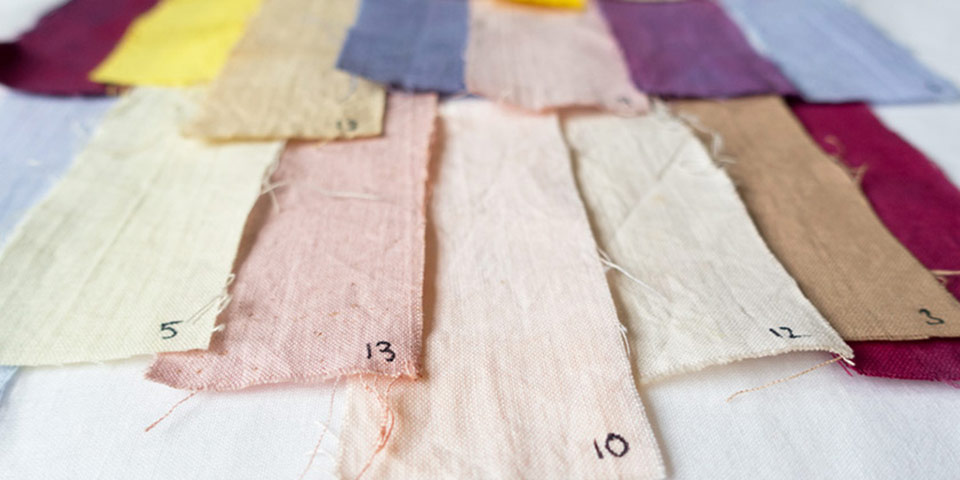Useful Links
Contact Us
- Mahmutbey Neighborhood
- Dilmenler Cd, No: 2
- Bagcilar, 34218
- Istanbul Turkey
- +0 212 702 22 10 XNUMX
- +0 212 702 00 03 XNUMX
- [email protected]
All rights reserved. © 2019 ecology.com



Dressing, feeding and sheltering are the basic needs of vital activities. Based on the increasing population and fashion approaches in the world, it is understood that textile is a very wide application area. Textile, weaving, knitting and so on. is the art of obtaining surface from all kinds of fibers by using methods. It covers all textile fibers, products, by-products and by-products.
The manufacturing sector, which includes some decorative parts, accessory products and everything that can be worn, provides high employment. The export figures in our country are quite high. The evaluation of cotton production, the need for high cost of garment opening, geographical proximity to national and international markets, trade relations with EU countries, and of course textile products as a social branding element of clothing, social status indicators are some of the reasons of export figures.
However, in a sector where consumption amounts are so high, harmful substances and wastes emerge during production and after production that will cause many environmental problems. Phthalate, phenol ethoxylate (NFE) containing dyes used in production are allergen and toxic. It also causes the release of carcinogenic amines. Furthermore, the use of chlorinated or flame retardant substances, even if the presence of pesticides and heavy metals is restricted, causes ecological problems. This leads to poisoning and poses a great threat to ecosystems and poses a vital threat.
Ecological textile production, which prevents all possible hazards, is carried out by removing harmful chemicals and enabling recycling of products. The final products taken from the production process without softening, bleaching, waxing and peeling processes do not lose their color even after washing dozens of times and do not harm human health. In order to make this sustainable and to minimize the harm to the environment, an ecological textile approach should be required.
Inspection of raw, semi-finished and finished textile products and accessory materials in all processes © Ecomare is performed by. The basic criteria, quality assurance system, review and revision procedures are all carried out with the Ecomark © Standard developed specifically for the organization. Test methods, test criteria, limit values, etc. In the Ecomark © Standard, which is created with focus, environmental classifications, demands of Consumer Product Safety Improvement Law, hazardous chemicals, legal regulations (nickel, kdminium, pentachlorophenol, formaldehyde, azo dyes etc.), European Chemicals Regulation (REACH) and ECHA SVHC Candidate List requirements are included.
Independent tests and certification processes that comply with EU standards and have international validity are carried out by Ecomark © and the use of the Ecomark © Label is permitted if the specified criteria are met. Inspection and control procedures are carried out in the Ecomark © laboratory by the expert staff of Ecomark ©. In this context, it cooperates with Istanbul Textile and Apparel Exporters' Association (ITKIB) and ITU Textile Quality and Research Laboratories in order to increase its inaccessible quality. The Ecological Textile Certificate is the most valuable international certification for textile products containing 70 percent organic fibers. Ecological fabric and so on. contributes to the development of products. It proves that the business has the highest quality and effective product safety in the supply chain. The company will become an ecological brand and increase its trade volume.
Within the scope of certification; towels, sheets etc. Home textile products, label, thread, zipper, button, wadding, rivet, printing etc. accessories, raw / dyed fiber fiber, fabric etc. materials are examined. Conditions to be provided by enterprises; compliance with environmental, toxicological and social criteria, filtration of toxic waste particles, waste water treatment, prevention of chemicals, prevention of erosion, dust and smoke filtration and so on. applications.
The final product is divided into four classes in accordance with human - ecological characteristics and skin contact requirements.
I. 0-3 Age Group Children's Textile Products (Towels, bed linen, clothes, coveralls, underwear, etc.)
II. Skin Contact Possible Textile Products (socks, T-shirts, duvet covers, underwear, etc.)
III. Textile products away from skin contact (coats, jackets, etc.)
IV. Home Textile Products (Carpet, Table Cloth, Curtain etc.)